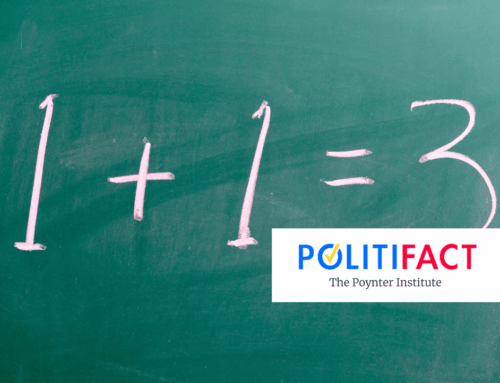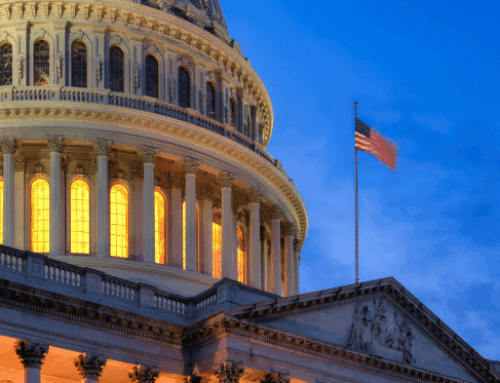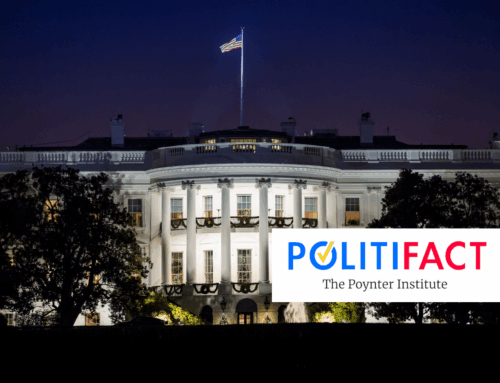It is a lonely time to be a budget watchdog in Washington. It seems like no one cares about the deficit anymore. President Donald Trump’s budget request, released earlier this week, doesn’t even pretend to reduce or eliminate deficits over the 10-year window it covers. Instead, it includes year after year of deficit spending and the increases to our national debt that go along with that.
I suppose I should not have been surprised, given that the president promoted a tax package that increases the deficit by more than a $1 trillion, and signed yet another upward amendment to spending caps allowing for an additional $300 billion in deficit spending, as well as an additional $90 billion in disaster assistance with no identified pay-fors.
Since Congress and the president have become so comfortable with deficits, why should you, or anyone care? The fact that the $20.5 trillion debt exceeds the size of the economy – at about 105 percent of gross domestic product – feels like an abstract fact to most people, even if they hear it with some alarm. So I want to focus today on the most concrete consequence of the runaway deficit spending: the cost of servicing the national debt.
The debt is the accumulated value of the borrowing done by the government – the amount taxpayers owe bondholders. Like any other debt, the United States pays interest on the debt it owes, and that interest is the cost of servicing our debt.
Net interest is the term you hear most. It is the cost of servicing the debt held by the public, not intra-governmental debt (borrowing from the Social Security trust fund for example). Net interest payments in fiscal year 2016 were $284 billion, making it the second largest line item in the discretionary budget, behind only Department of Defense spending. Put another way, our 2016 net interest costs exceeded the combined discretionary budgets of the departments of Health and Human Services, Veterans’ Affairs, Education and State. And this is after several years of record low interest rates.
The president’s budget estimates that in 2019, interest costs will be $363 billion and the debt is projected to increase by over $2 trillion over the next two years. Over a 10-year period, the debt will increase by more than $7 trillion, and interest on the debt will increase to $761 billion by 2028 – just $22 billion less than the budget estimates we will spend on the Department of the Defense. And all of that assumes interest rates increase only slightly and economic growth is steady. Not to mention the specious deficit reduction proposals in the budget that Congress will almost certainly not adopt – like deep cuts to Medicare and other popular programs.
Interest payments are not optional. Interest is not a program Congress can decide to scale back in certain years to make room for other pressing needs. If we don’t pay our interest costs, we default on our debts as a country and risk our credit-worthiness as a nation. The only way to reduce the costs of servicing our debt is to reduce our debt. And the only way to do that is bring our spending levels and revenue levels closer together – spend less in some places, raise more revenue in others. Congress can’t simultaneously reduce revenues and increase spending without real consequences down the road.
Congress made this bed, but all of us taxpayers have to lie in it. The consequences of avoiding difficult choices are concrete, if not immediate. Interest costs at current levels crowd out other critical investments – and the growth in interest costs will crowd out even more. As a country, we should not be in a position of choosing between interest and infrastructure.








